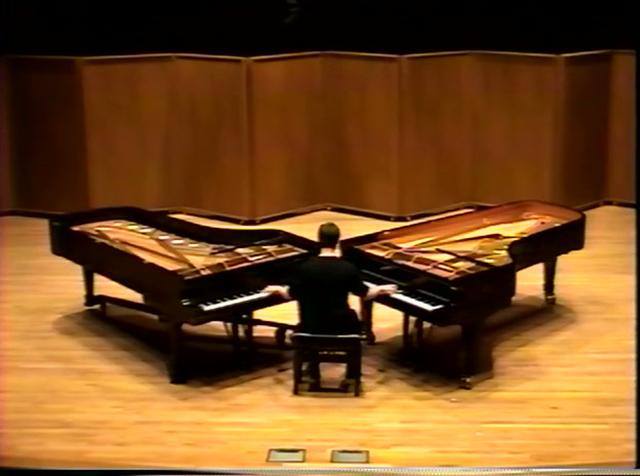
ROB KOVACS
steven reich
Piano Phase
Not having two pianos at his disposal, Reich experimented by first recording a piano part on tape, and then trying to play mostly in sync with the recording, albeit with slight shifts, or phases, with occasional re-alignments of the twelve successive notes against each other. Reich found the experience satisfying, showing that a musician can phase with concentration.

